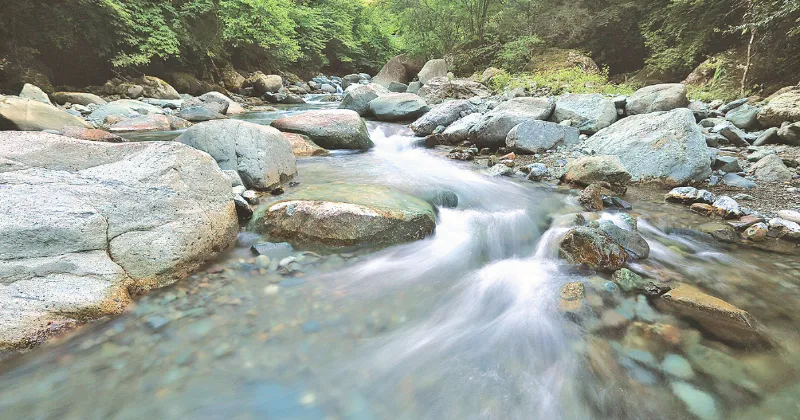Latest News
RESURGENCE OF TIGER POPULATION IN ‘BAGHSTHAN’

Rajasthan is now rapidly making its mark as ‘Baghsthan’. The number of tigers in Ranthambore, Sariska, Dholpur and Ramgarh Vishdhari is touching the alltime best mark. For the first time, the number of tigers in the state has reached 134. There are 5 tiger reserves in the state and preparations are underway for the sixth, in the form of Kumbhalgarh. In Sariska, which is undergoing the process of tiger rehabilitation, the number of tigers has increased from 20 to 40 in 5 years. If we talk about the entire state, 50 tigers have increased in these 5 years. At present, the movement of tigers can be seen in the 650-kilometre-long, large corridor from Dholpur to Kumbhalgarh. It is going to become the fifth-largest migratory corridor for tigers in the country. In the last three months, 10 tiger cubs have been born in Sariska. Soon, good news can be received from Ranthambore and Vishdhari as well. Chief Minister Bhajan Lal Sharma and Forest Minister Sanjay Sharma have also expressed delight over the birth of cubs in Sariska.
In the last five years, Rajasthan has made extraordinary strides in tiger conservation. Although the process of relocating villages has been slow, significant progress has been made. The development of new grasslands in Sariska and other reserves has reduced stress on tigers and boosted their reproductive capacity. Sariska being populated by tigers proves how important the displacement of villages from the core area is. The tigresses have chosen the same places to give birth to cubs where villagers once lived and now there is a healthy grassland in place of the village. This means that tigers are no longer under stress and due to less human interference, they are increasing their population in the natural environment.
This surge in the tiger population has also led to a boom in tiger tourism, which is now thriving in the state. Sariska, which was devoid of tigers, now echoes with the roars of 40 tigers, thanks to a rehabilitation program that began in 2008. In the last three months, three tigresses have given birth to 10 cubs. First ST 12 gave birth to four cubs, then ST 27 delivered two cubs and then tigress ST 22 was also seen with four cubs.
Chief Wildlife Warden Pawan Upadhyay attributes this success to effective conservation efforts and anticipates smoother and more acceptable village relocations in the future. The five tiger reserves in Rajasthan have sufficient space to accommodate up to 200 tigers, making continued growth feasible. Ranthambore is already renowned as a ‘tiger factory,’ and with Sariska’s increasing tiger numbers, tourism is expected to flourish further, providing employment opportunities for local communities.
Now, the speed at which the number of tigers in Sariska is increasing, tiger tourism will also increase there and local people will also get employment. Ramgarh Vishdhari is also a rapidly growing tiger reserve. But the need of the hour is that special efforts should be made to make the process of tiger rehabilitation in Mukundra more solid and effective. This will not only promote tiger tourism but the efforts of the forest department towards forest and wildlife conservation will also start getting respect across the country.
Nirmal Tiwari The writer is Associate Editor





















